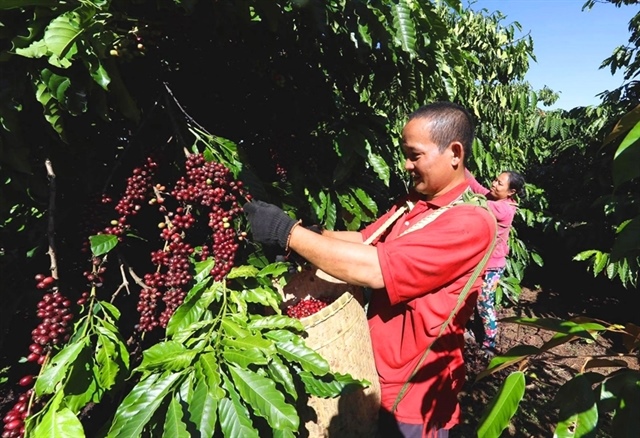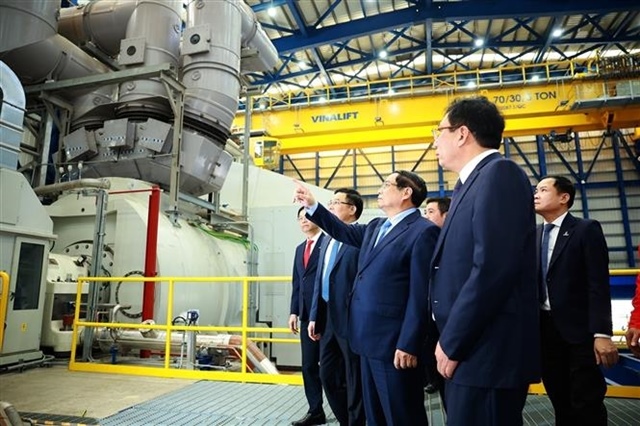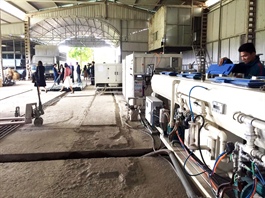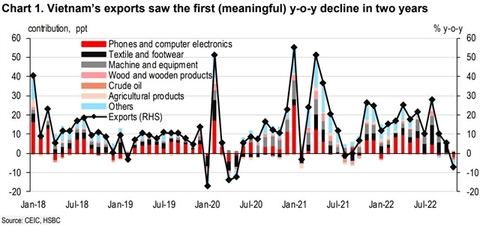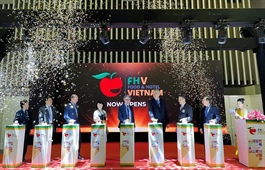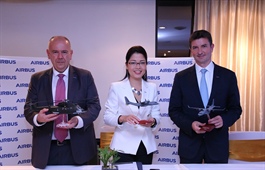Taking advantage of EVFTA for imports
Taking advantage of EVFTA for imports
Thanks to the EVFTA, Vietnamese enterprises have opportunities to increase exports to the EU market and promote imported goods and raw materials from the EU with lower prices.
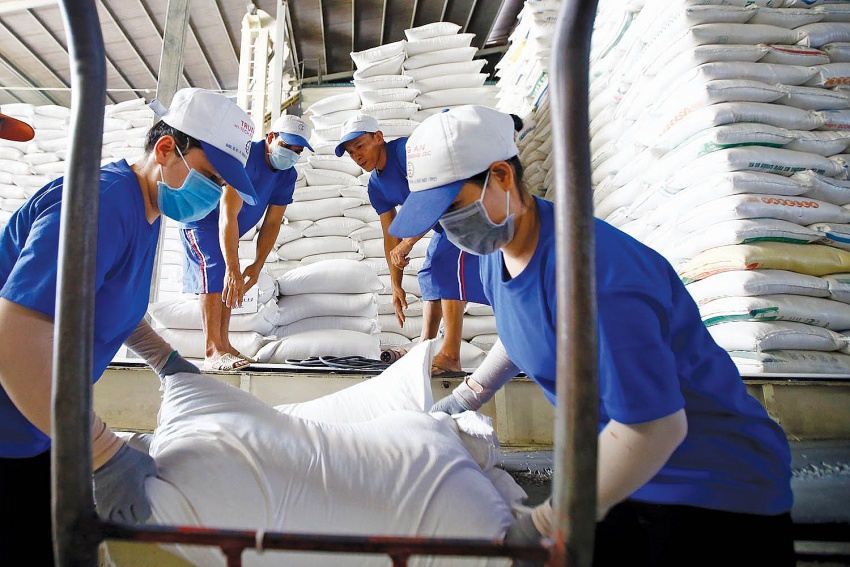
After the European Union–Vietnam Free Trade Agreement (EVFTA) has come into effect for more than two years (from August 1, 2020), the machinery, equipment, and materials imported by DKNEC Group JSC from some EU member markets have an advantage of slightly reduced import duties.
Dinh Van Hien, president of the Board of Directors and general director of DKNEC Group, said that the import tax on components and assembled equipment was reduced slightly thanks to the EVFTA coming into effect. Before that, this tax was very high, about 5 - 15 per cent, depending on the type of components.
Tax rates continue to drop sharply, especially from the third year after the EVFTA. From 2022 to 2027, the special preferential import tax will be reduced from 10.2 per cent to about 1 per cent.
“Thanks to the EVFTA, businesses are accessing equipment and solutions to improve production, reduce product costs, and improve competitiveness. The EVFTA also helps create a favourable condition for businesses to connect with partners in 27 EU countries with advanced technology,” said Hien.
Data from the Ministry of Industry and Trade shows that the goods with sharp import growth from the EU in the first two years of EVFTA implementation are machinery, equipment, electronic components, and raw materials.
Do Huu Hung at European-American Market Department said that the EU's tariff incentives in the EVFTA have significantly contributed to helping Vietnam enterprises improve their competitiveness and expand their market share in the EU. Enterprises also have opportunities to access high-quality EU goods.
From the results of surveys and discussions about the EVFTA, Hung said that businesses had taken advantage of the EVFTA's relatively effective advantages in importing equipment, machinery, and raw materials from the European countries serving to produce export goods.
According to the report "Vietnam after two years of EVFTA implementation from a business perspective" published by the Vietnam Chamber of Commerce and Industry and FNF Institute in November, 41 per cent of more than 500 surveyed enterprises in the country benefit from the EVFTA. The most common benefits were preferential tariffs for import-export goods, and positive effects in increasing orders, revenues, and profits.
Notably, in implementing the EVFTA with the "fastidious" EU market, export businesses and industries are forced to improve quality to meet the requirements of importers. This is considered a motivation for Vietnam’s enterprise to shift its export structure to higher value-added commodity groups.
With the immediate elimination of 85.6 per cent of tariff lines between Vietnam and the EU, many Vietnamese businesses and industries are expected to benefit by reducing the cost of importing production materials. (source: baodautu.vn)



